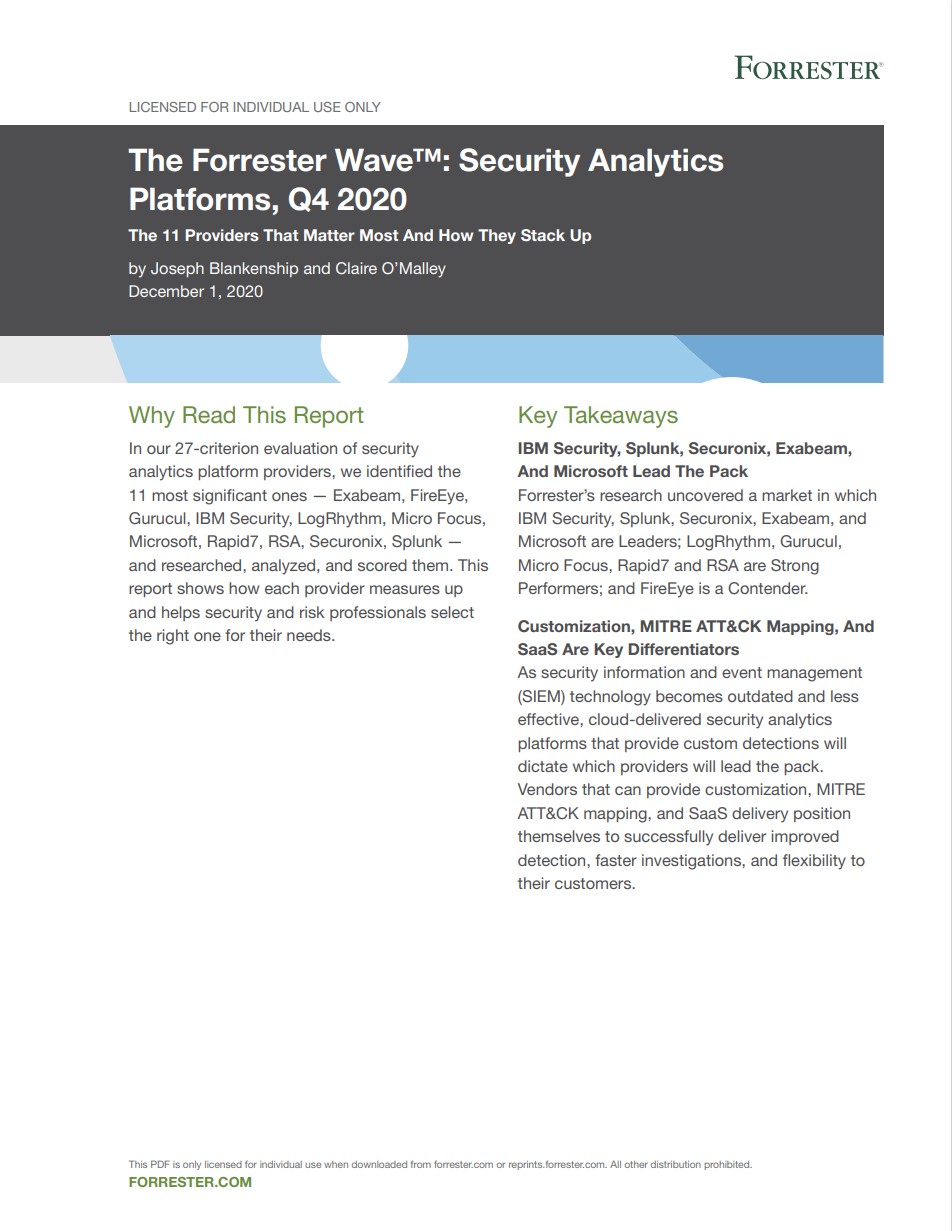Schneider Electric flaws could allow remote code execution
Chained 'ModiPwn' attack could give attackers control over industrial systems


Researchers have discovered a vulnerability in Schneider Electric process logic controllers (PLCs) that could enable attackers to gain complete control of the system. The components are used in industrial control system environments, such as public utilities and building controls.
The vulnerabilities, discovered by researchers at security company Armis, affect Schneider Electric's Modicon M580 and M340 controllers. They enable attackers to run remote code natively on the controllers, altering their function.
Nicknamed ModiPwn, the attacks use a vulnerability in the control protocol that interacts with the controllers. Originally, controllers used a 1970s industrial control protocol called ModBus, which had few security protections.
Schneider Electric revised this with an extended protocol called UMAS, which adds some security enhancements. One of these includes the ability for administrators to reserve a PLC so they can update it without any conflicts caused by other updates happening simultaneously.
The researchers chained several undocumented commands together in UMAS that enable attackers to write code to the PLC's memory and then trigger it.
Schneider Electric attempted to disable these commands altogether when the PLC uses an application password. However, the researchers discovered an authentication vulnerability in this reservation system that enabled them to derive the hash of the authentication password stored on the PLC.
RELATED RESOURCE

The Forrester Wave: Top security analytics platforms
The 11 providers that matter most and how they stack up
This vulnerability, CVE-2021-22779, enables the attackers to read the password hash from the PLC's memory and use it to bypass authentication altogether.
Sign up today and you will receive a free copy of our Future Focus 2025 report - the leading guidance on AI, cybersecurity and other IT challenges as per 700+ senior executives
Using this authentication bypass vulnerability, they could upload a new project file that doesn't have a password. This downgrades the device’s security, removing application password functionality and enabling the chained attack.
CVE-2021-22779 has a 9.8 CVSS score, making it critical, although attackers would need network access to implement it. There appeared to be no patch at the time of writing, but Schneider Electric's advisory mentioned several workarounds while it works on a patch, including adding firewalls and segmenting networks.
The vulnerability is another example of the security challenges facing companies that use industrial control systems with protocols on networks increasingly connected to the internet.
The Biden administration has prioritized cyber security with an initiative to shore up resilience in the electrical grid as a blueprint for a broader infrastructural security plan.
Danny Bradbury has been a print journalist specialising in technology since 1989 and a freelance writer since 1994. He has written for national publications on both sides of the Atlantic and has won awards for his investigative cybersecurity journalism work and his arts and culture writing.
Danny writes about many different technology issues for audiences ranging from consumers through to software developers and CIOs. He also ghostwrites articles for many C-suite business executives in the technology sector and has worked as a presenter for multiple webinars and podcasts.
-
 How the UK public sector could benefit from strategic channel partnerships
How the UK public sector could benefit from strategic channel partnershipsIndustry Insights Is the channel the answer to the growing cost vs budget problem facing the public sector?
-
 Microsoft wants to replace C and C++ with Rust by 2030
Microsoft wants to replace C and C++ with Rust by 2030News Windows won’t be rewritten in Rust using AI, according to a senior Microsoft engineer, but the company still has bold plans for embracing the popular programming language
-
 Two Fortinet vulnerabilities are being exploited in the wild – patch now
Two Fortinet vulnerabilities are being exploited in the wild – patch nowNews Arctic Wolf and Rapid7 said security teams should act immediately to mitigate the Fortinet vulnerabilities
-
 Everything you need to know about Google and Apple’s emergency zero-day patches
Everything you need to know about Google and Apple’s emergency zero-day patchesNews A serious zero-day bug was spotted in Chrome systems that impacts Apple users too, forcing both companies to issue emergency patches
-
 Security experts claim the CVE Program isn’t up to scratch anymore — inaccurate scores and lengthy delays mean the system needs updated
Security experts claim the CVE Program isn’t up to scratch anymore — inaccurate scores and lengthy delays mean the system needs updatedNews CVE data is vital in combating emerging threats, yet inaccurate ratings and lengthy wait times are placing enterprises at risk
-
 IBM AIX users urged to patch immediately as researchers sound alarm on critical flaws
IBM AIX users urged to patch immediately as researchers sound alarm on critical flawsNews Network administrators should patch the four IBM AIX flaws as soon as possible
-
 Critical Dell Storage Manager flaws could let hackers access sensitive data – patch now
Critical Dell Storage Manager flaws could let hackers access sensitive data – patch nowNews A trio of flaws in Dell Storage Manager has prompted a customer alert
-
 Flaw in Lenovo’s customer service AI chatbot could let hackers run malicious code, breach networks
Flaw in Lenovo’s customer service AI chatbot could let hackers run malicious code, breach networksNews Hackers abusing the Lenovo flaw could inject malicious code with just a single prompt
-
 Industry welcomes the NCSC’s new Vulnerability Research Initiative – but does it go far enough?
Industry welcomes the NCSC’s new Vulnerability Research Initiative – but does it go far enough?News The cybersecurity agency will work with external researchers to uncover potential security holes in hardware and software
-
 Hackers are targeting Ivanti VPN users again – here’s what you need to know
Hackers are targeting Ivanti VPN users again – here’s what you need to knowNews Ivanti has re-patched a security flaw in its Connect Secure VPN appliances that's been exploited by a China-linked espionage group since at least the middle of March.
